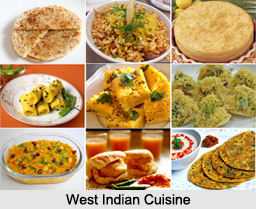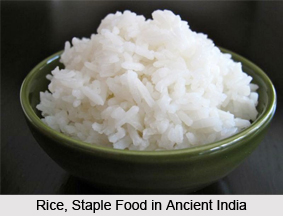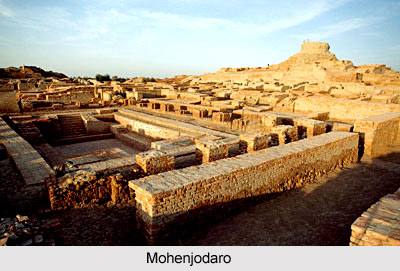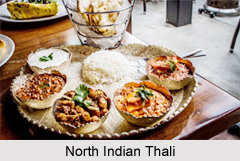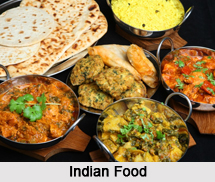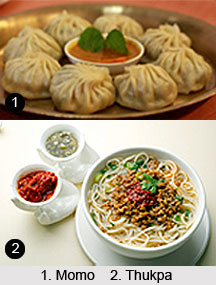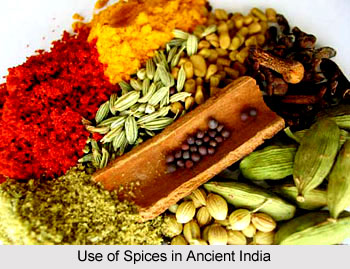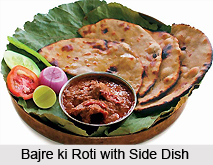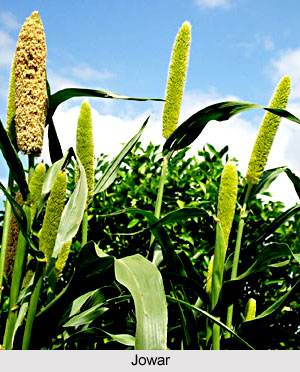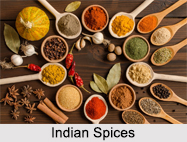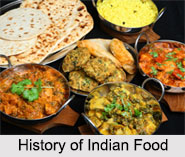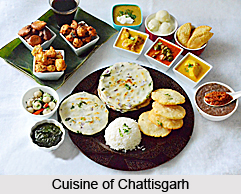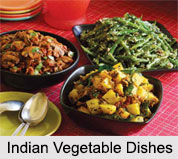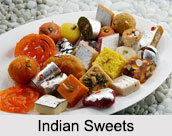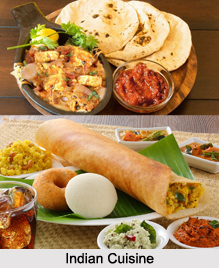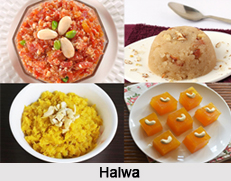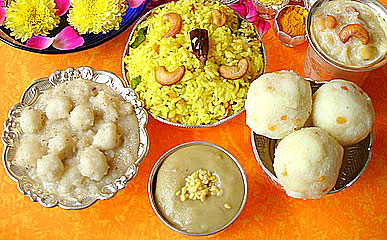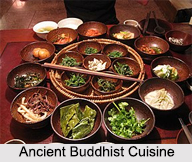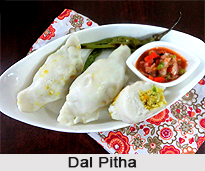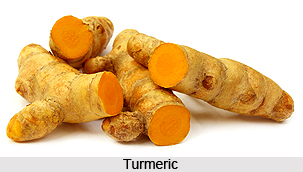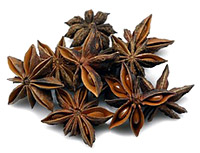 Botanical name:Illicium verum Hook.
Botanical name:Illicium verum Hook.
Family name:Magnoliaceae.
Indian names are as follows:
Hindi:Anasphal
Marathi:Badian
Tamil:Anashuppu, Anasipu
Telugu:Anaspuvu.
This plant does not occur in India. But because of its Asian origin, and traditional interaction with China since ancient period, Indians know the use of this spice up to limited extent.
The plant is an evergreen tree attaining a height of 8 to 15 meter and a diameter of about 25 cm. Leaves entire, 10 to 15 cm long and 2.5 to 5 cm broad, elliptic to oblanceolate; flowers solitary, white or red in color; fruit star shaped, reddish brown, consisting of eight carpels (follicles) arranged in a whorl around a short central column; each follicle 12 to 17 mm long, boat shaped, hard and wrinkled, containing a seed; seeds brown, compressed ovoid, smooth, shiny, brittle. The carpels have a pleasant anise like odor and aromatic, sweet, anise like taste; the seeds have the same to a much lesser extent. It is available whole, and is not usually ground.
Fruit of the plant, particularly the fresh fruit yield a volatile oil, which has considerable commercial value. The yield of oil from fresh fruit is 3 to 3.5%. The oil is colorless or pale yellow with the characteristic odor and aromatic taste of true anise oil. Anethole is the main constituent (85 to 90%) of the oil. Star anise oil is in the pharmacopoeias of many countries.
The fatty oil can be used as a raw material for soap. After refining it can be consumed as edible oil.
Star anise fruit has an agreeable, aromatic, sweet taste and a pleasant odor resembling anise. It is used as a condiment for flavoring curries, confectioneries and spirits, and for pickling. It is also used in perfumery. The fruit is chewed to sweeten the bad breath and help in digestion.
The fruit has a number of medicinal virtues. It is not only applied as part of folk medicinal system but also for manufacture of branded medicines in China. It is also applied externally for skin diseases.
